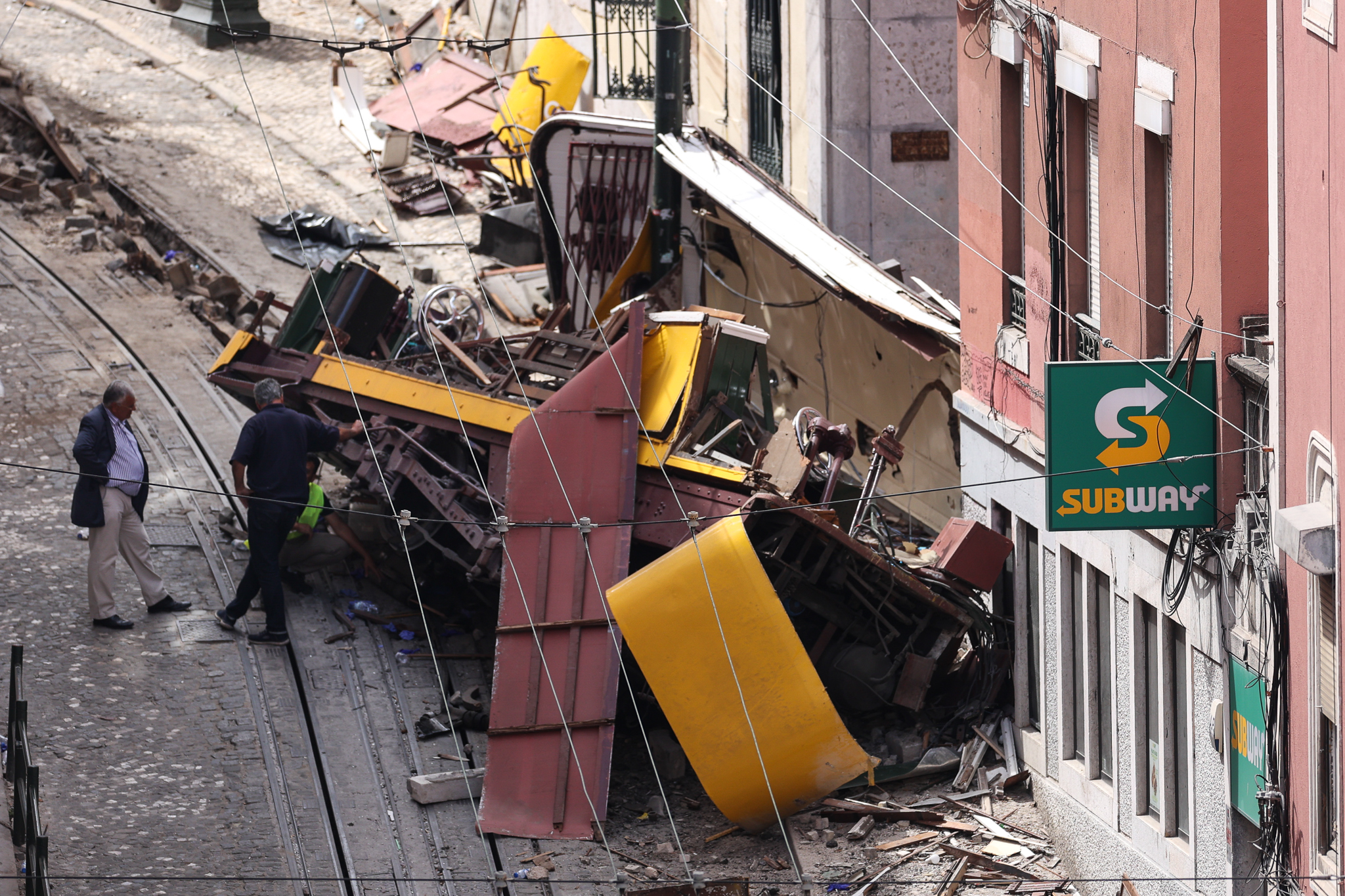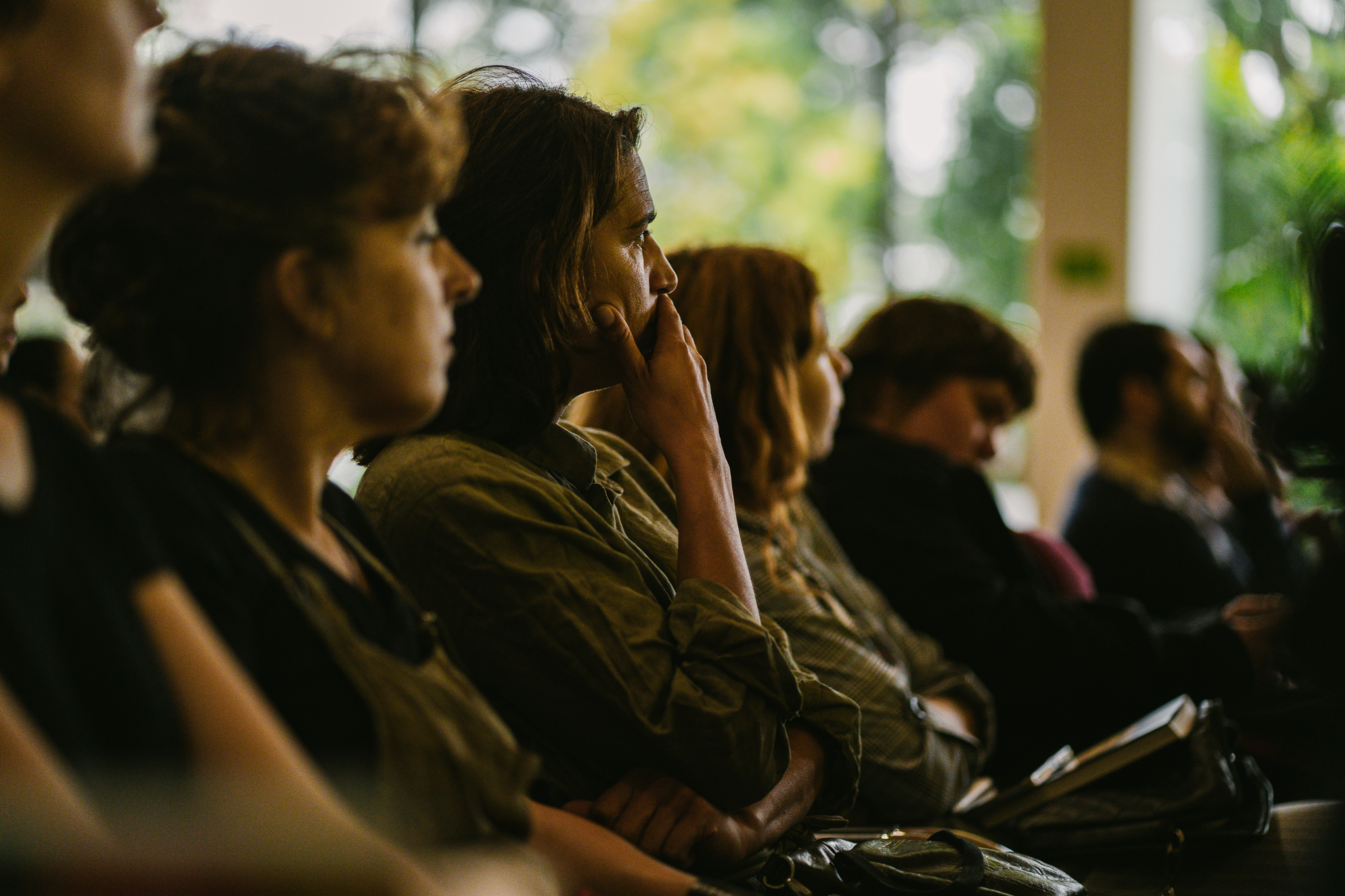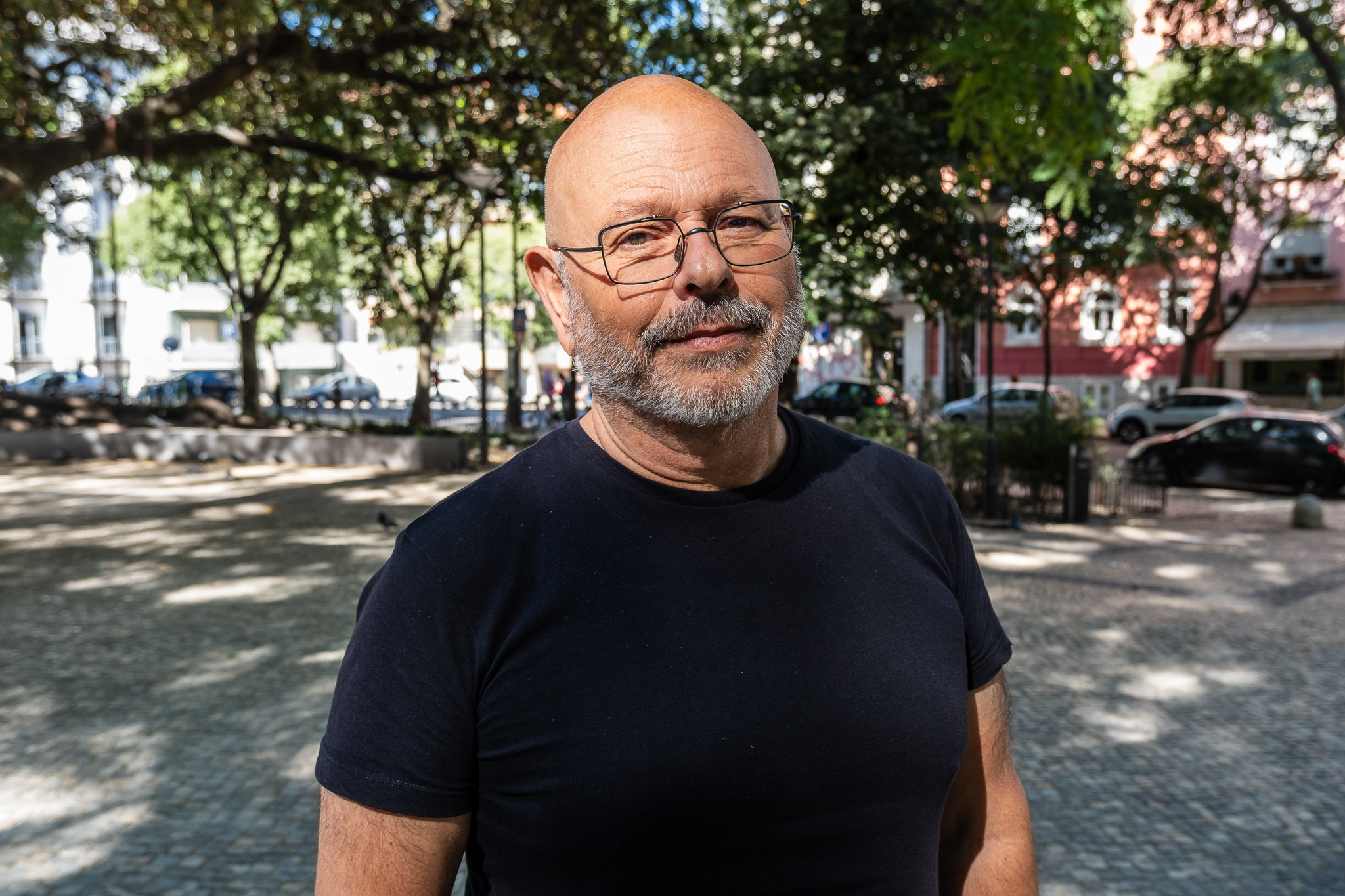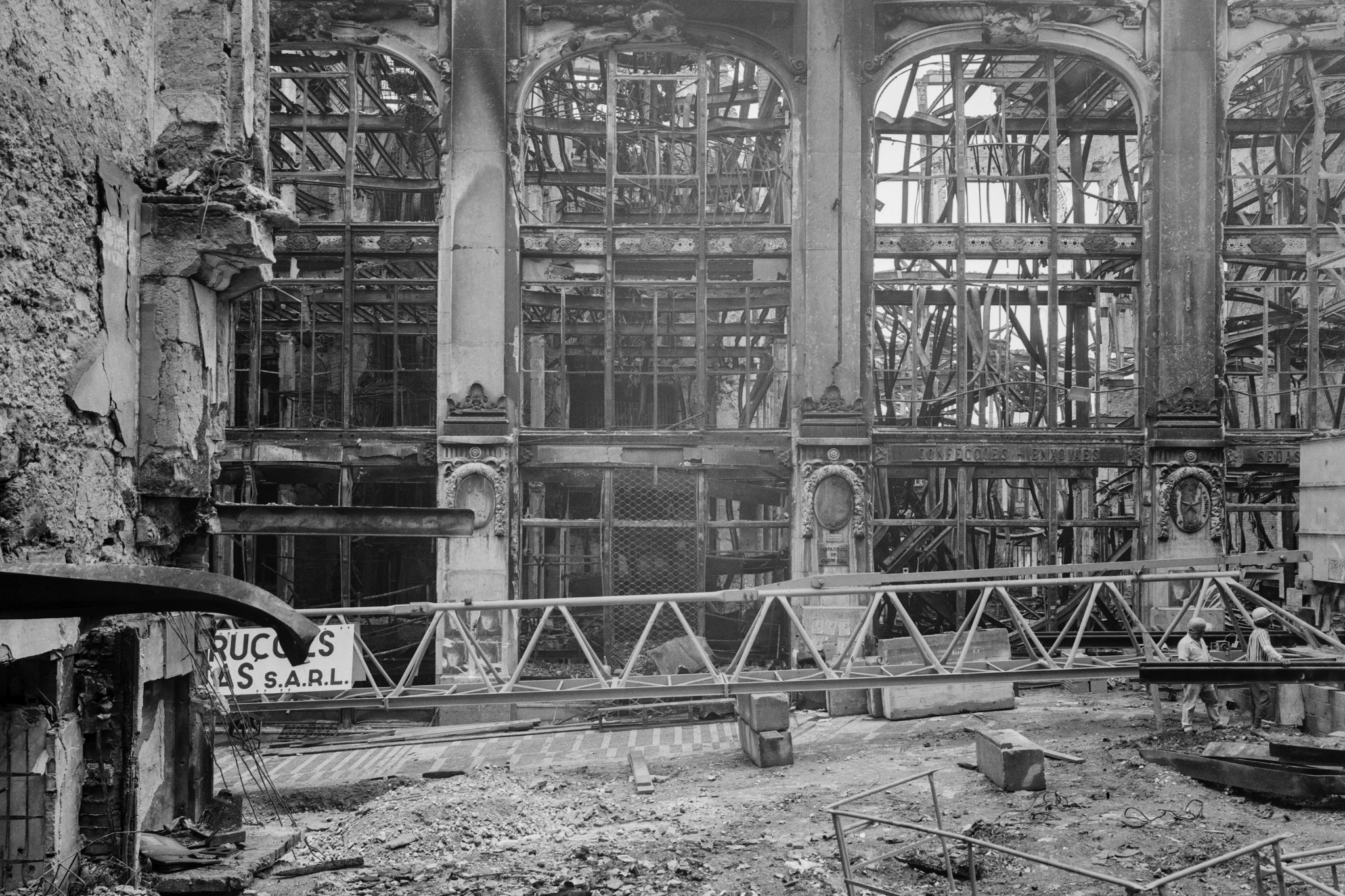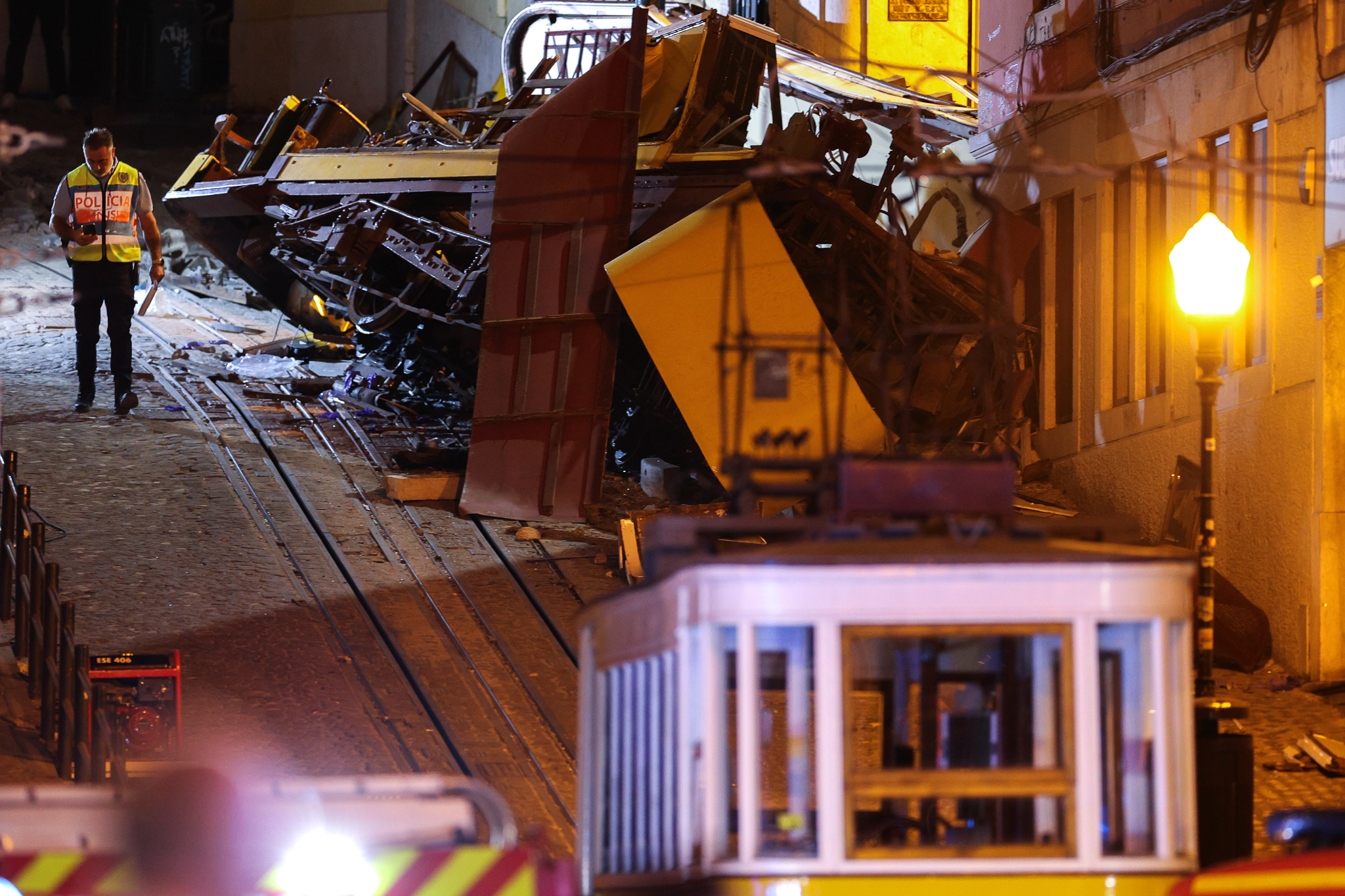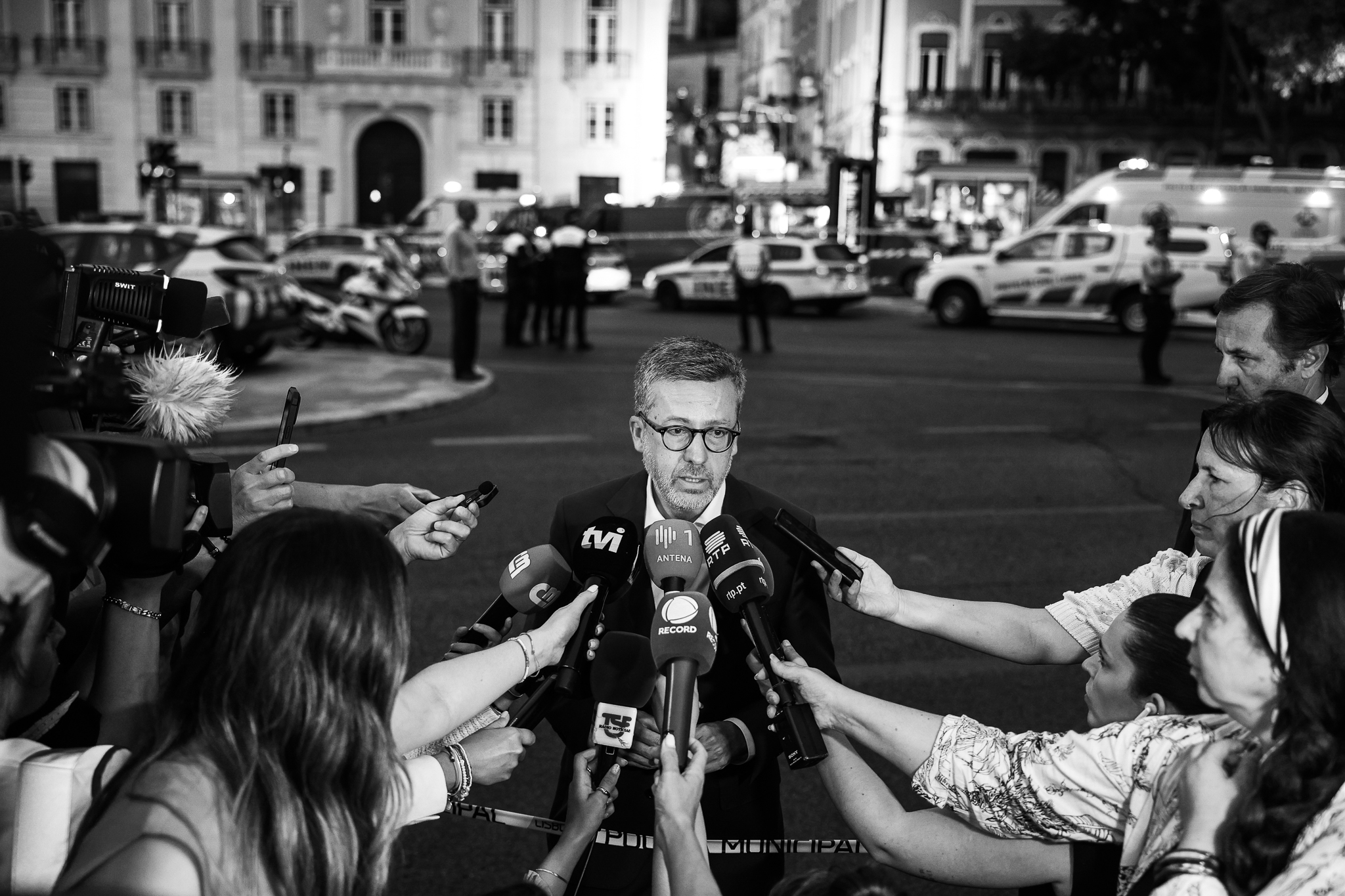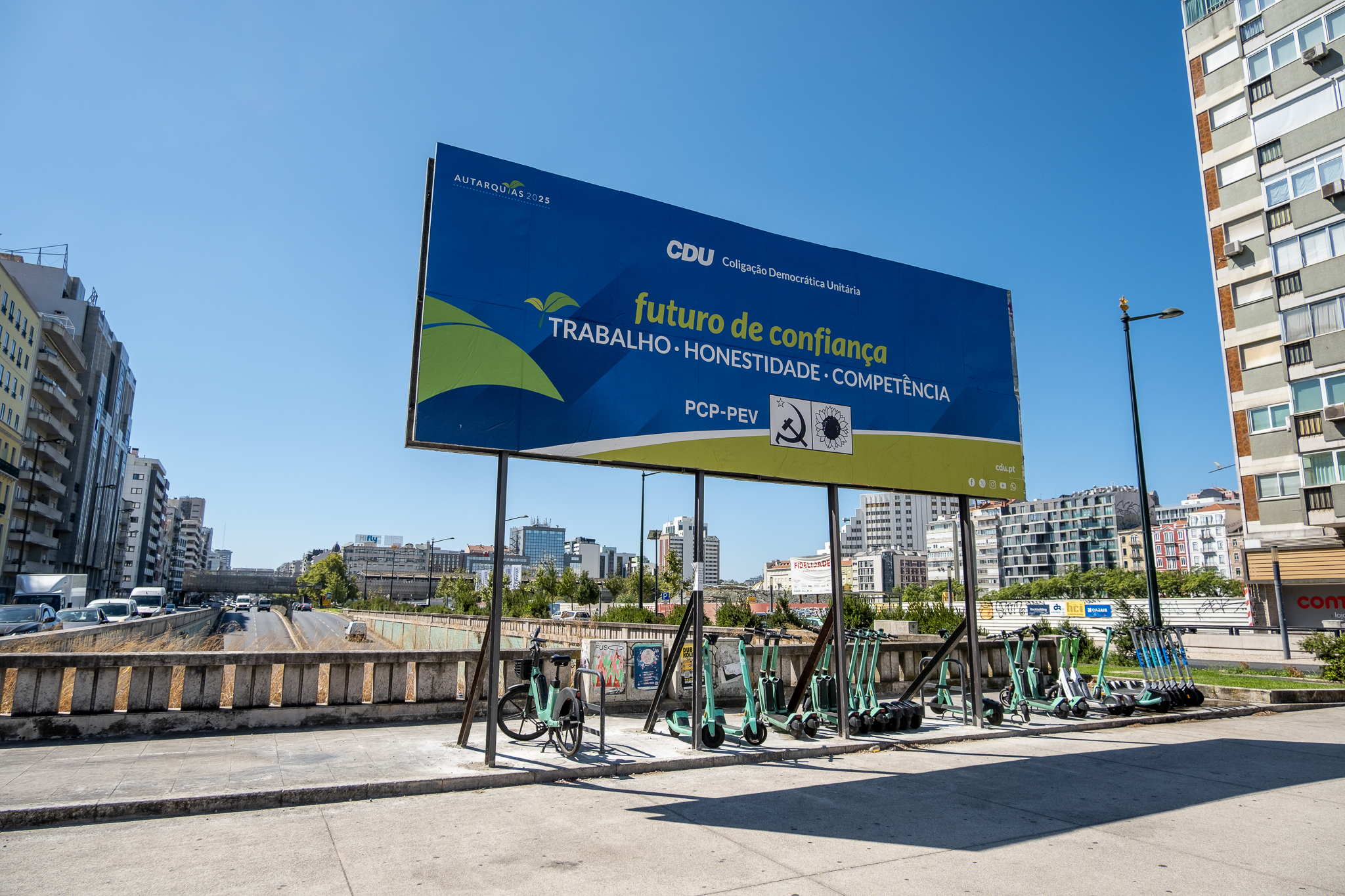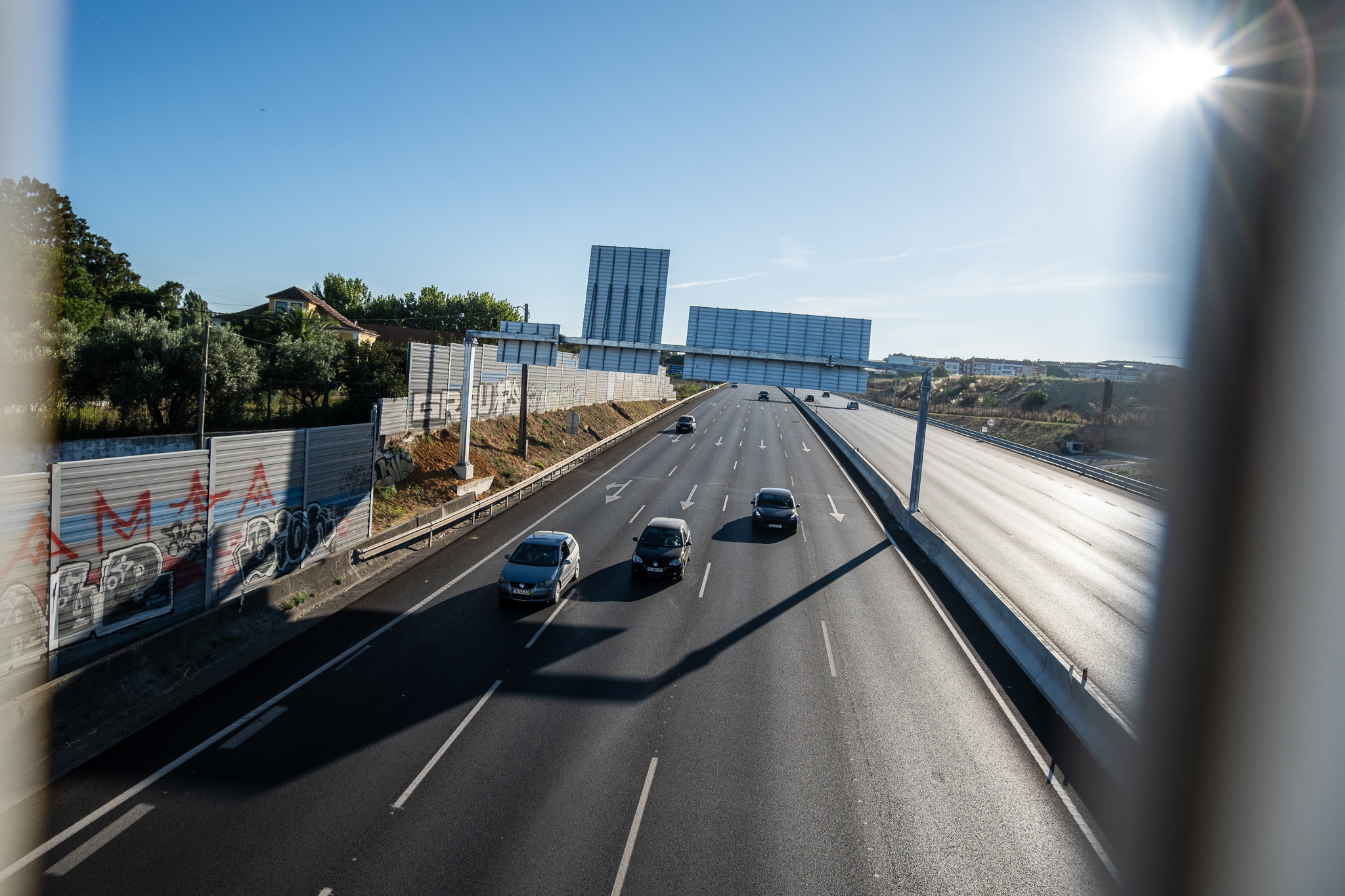The current urban development model has proven to be unsustainable from a social, environmental, and economic point of view.

The cities we know today will change substantially. But will we ever see the flying cars and unusually shaped buildings we have become accustomed to seeing in series, movies, and even commercial presentations of trendy start-ups? Most likely not, and that the change will not be so spectacular and fictional, but rather an iterative transition from the current car-centric paradigm to a people-centric development model. Desirably so, the cities of the future will certainly have to do with a more human and inclusive urban environment, where people can be and move around safely, without feeling constrained by one mode of transportation.
The congestion that always occurs at the same time, every day, on the same streets and avenues; the levels of air pollution that are often above acceptable values and that lead to an increase in cases of respiratory diseases; and the constant noise that so often makes living in the city uncomfortable, especially outdoors, are some of the problems that result from an urban development that has given in to an industry that aims to become one of the largest and most profitable worldwide - one of the great engines of capitalism. Thus, in the face of the failure of projects to increase quality of life and the incidence of crises it is becoming increasingly clear that the way cities have been designed so far is reaching saturation point. In fact, the current urban development model has proven to be unsustainable from a social, environmental, and economic point of view.
Cities designed primarily for cars are inhospitable and unsafe cities. The automobile infrastructure does not favor the enjoyment of public space because it generally dominates that space, drying up like a eucalyptus tree the chances of urban life around it. Cities loaded with freeways, tunnels, narrow and uncomfortable sidewalks, and where there is an open invitation to speed and acceleration, even within neighborhoods, are dangerous for anyone trying to get around outside of a car, or for anyone who wants to play or be in the street. They inevitably promote car use and invite even those who prefer to commute by other means to give in to the car.
The expressways and tunnels that were once built to facilitate everyday travel, in a vision of individualistic, unimodal mobility, have proven to be expensive structures for central and local governments to maintain, contributing to public debt and resulting in bills that are only finally paid off after several generations. These same highways and tunnels, which in some places served to thin out certain neighborhoods - as segregated communities that had no voice to protest and claim their rights - have made the car indispensable for countless families around the world - we have become car-dependent because the design of cities has determined it.
In the cities of the future, the automobile is not the center of attention - although it will of course continue to play its part in urban mobility. Cities of the future give walking, public transport and cycling space and comfort first and foremost; they treat these forms of mobility with the dignity they deserve, while at the same time focusing on a philosophy of proximity. In these cities of the future, the distances between home, workplaces, educational institutions, everyday services, and cultural facilities are short - no more than 15 minutes on foot or by bicycle, or 30 minutes by public transport. Neighborhoods are dynamic, multifunctional spaces where we can meet all our needs and therefore do not need the car. They are safe areas where you can hang out, play in the street, or socialize with your neighbors. Close to home we have cafes, supermarkets, social spaces, and other services that fulfill our daily needs and whims. There are green spaces where we can walk and take our pets. There are squares and plazas where we find small markets and where other recreational activities are promoted. There are community gardens where we can plant our fruits and vegetables and share them with our neighborhood.
In the cities of the future, we are free to leave home and choose the bicycle as a means of transportation because we will find quiet, safe streets, and bike lanes on the main avenues for utilitarian or recreational travel between neighborhoods. Public transport has priority on the streets over individual transport and there are streets with only public transport, it is complemented by cycling and walking, and it is used by all kinds of people, no longer synonymous with social status. In the cities of the future, the well-being, mental health, anxiety, and comfort of all people - regardless of gender or physical condition - are central issues in urban design. The cities of the future solve the problems that have plagued the cities of the past, such as the congestion that wastes our time and money, or the pollution that causes respiratory illnesses.
We talk essentially about mobility and public space because the way we move and how we are in the city determines the way we relate to the space and to each other. By humanizing mobility and making public space more inclusive, we are privileging human relations and promoting encounters between people. The cities of the future are more than arenas for the materialization of the great dynamics of capitalism, they are more than mega factories of productivity and consumption. The cities of the future are meeting places, spaces for socializing; they promote human relationships that allow us to unleash all the creative and innovative potential that is generated by concentrating in a relatively small area many people from different places and cultures. Only by getting people out of cars, this symbol of individualism, and bringing them into the street is it possible to promote these contacts, fostering communities and relationships.
The future is not that far off, and it's up to policymakers, and city dwellers, to define how long the urban transition will last. If from some places we get glimpses of more humane and inclusive cities, cities for people, elsewhere on the map there seems to be more resistance to this change. Like all changes, this one will be very difficult to implement because it messes with habits, customs, and prejudices, and brings with it technological, engineering, financial (the change is expensive), and infrastructure challenges. Also because of this, good and clear communication that reaches people and involves them in the decisions is fundamental. A policy that is not only thought out by politicians, but that is based on the participation of the people; that is not merely impositive, but that does not lack ambition and vision. The cities of the future can be the cities of today. They already are in many countries, but here we are at a distance from the change in mentalities of the future.
Today, April 21st, at the end of the day, we will discuss the Cities of the Future in the first event of our cycle Encounters With Impact. With Rosa Félix, researcher in active mobility, Mário Alves, consultant in the area of urban mobility, and Bruna Pizzol, mobility expert and interested in inequalities related to transport, we will talk about some of these issues. The entrance is free.

